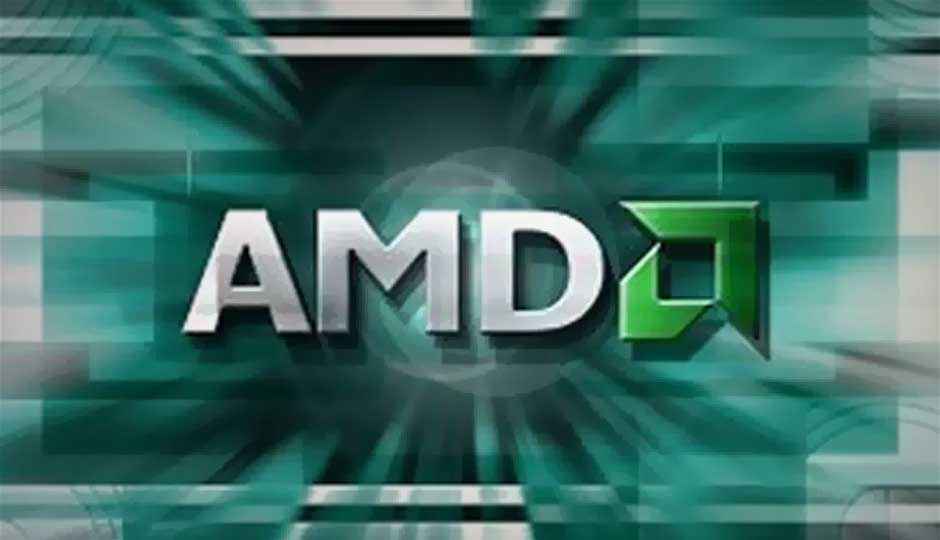AMD Bets the Farm on CPU-GPU Integration Strategy

Advanced Micro Devices says it’s “betting the company” on a next-generation processor architecture that mashes up central processing and graphics processing functionality more thoroughly than has ever been attempted. AMD’s future Heterogeneous System Architecture (HSA) will start appearing in AMD products in 2013, the company said Thursday at its annual Financial Analyst Day at its Sunnyvale, Calif. headquarters.
 Survey
SurveyIf HSA sounds familiar, that’s because AMD has been stitching together CPU and GPU features on the Accelerated Processing Units (APUs) it’s been selling for about a year now. Those APUs were the culmination of the chip maker’s long-running Fusion strategy, but AMD is actually dropping its Fusion branding as it moves forward on HSA.
Instead, AMD is working to make its next-generation architecture an open industry standard for the developer community. Rather than attach its own branding to HSA, the company says it wants to make it clear as day that this is an open platform, even if the new architecture actually fuses x86 cores with its graphics technology more than ever before.
“If you truly want to make something stick, you have to build the entire ecosystem around it,” said Lisa Su, senior vice president and general manager of AMD’s Global Business Units. “HSA is really trying to bring the software ecosystem together with the hardware ecosystem. It’s a big step and it will take a lot of energy across the industry, but we feel it’s the right thing to do.”
Patrick Moorhead, president and principal analyst of Moor Insights and Strategy, called HSA a “swing for the fences move.”
“If they hit,” he said, “they hit big, because there’s nobody who can pull these two [processor technologies] together other than AMD.”
Chips based on the Heterogeneous System Architecture will be a lot more than just a CPU slapped next to a GPU. The first graphics chips with very early HSA capabilities are supposed to come out this year but the HSA party really gets started in 2013.
That’s when AMD plans to release a pair of APUs code named Kaberi and Kavini that will sport a CPU-GPU combo that shares a unified memory cache. Those chips will also feature unified address space for the CPU and GPU components, the latter of which will use pageable system memory via CPU pointers.
In 2014, AMD intends to take HSA from the architectural integration stage to the system integration stage. In simple terms, that means computers that will know how to throttle up the CPU portion of the APU that runs them and dial down the graphics component for scalar processing tasks, while doing the opposite for parallel processing work that’s more suited to the GPU.
AMD isn’t limiting its HSA ambitions to mainstream client computing, according to John Fruehe, AMD’s director of product marketing. The next-generation architecture is also a good fit in the high-performance compute (HPC) space, he said.
“You can’t get to exascale computing without the GPU,” Fruehe said. “The physical power density from a system perspective that you need, being able to bring that raw power together to be able to power all of these systems and the footprint that you’d have to have, it just makes it impossible to do without GPU.”
Moorhead said the rewards in play for AMD with HSA were considerable, but he noted that there were also risks.
“AMD is betting the farm on HSA,” Moorhead said. “It’s their future technological advantage to be able to leverage parallel GPU and general-purpose compute to do a heck of a lot of computing in different usage models.”
Still, HSA’s viability is chained to AMD’s ability to nurture and grow a dedicated developer ecosystem around it, he warned.
“If it doesn’t work out, what you’re left with is this amazing hardware platform without software and applications to take advantage of it,” Moorhead said.
Copyright © 2010 Ziff Davis Publishing Holdings Inc.
